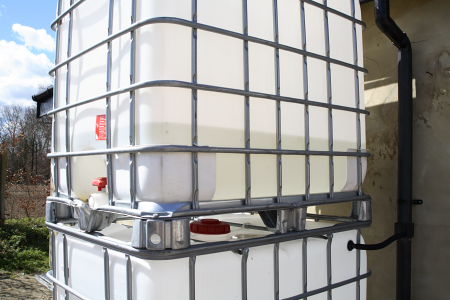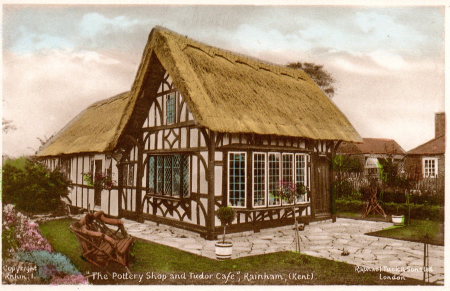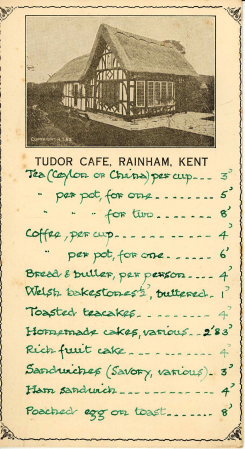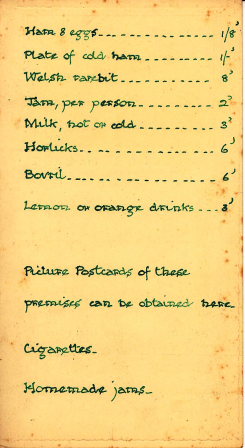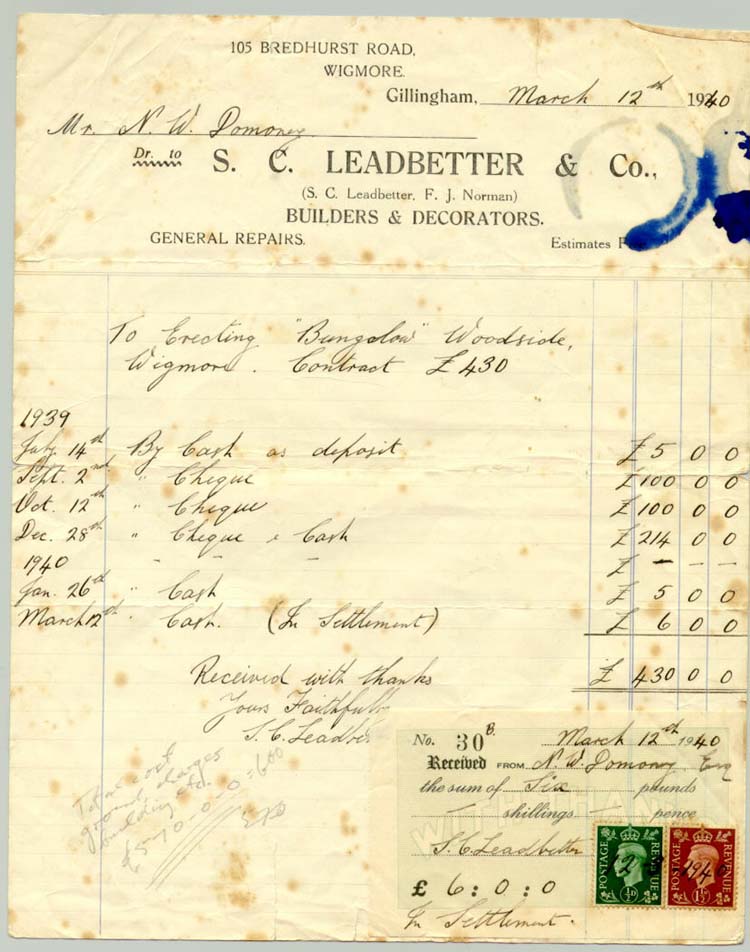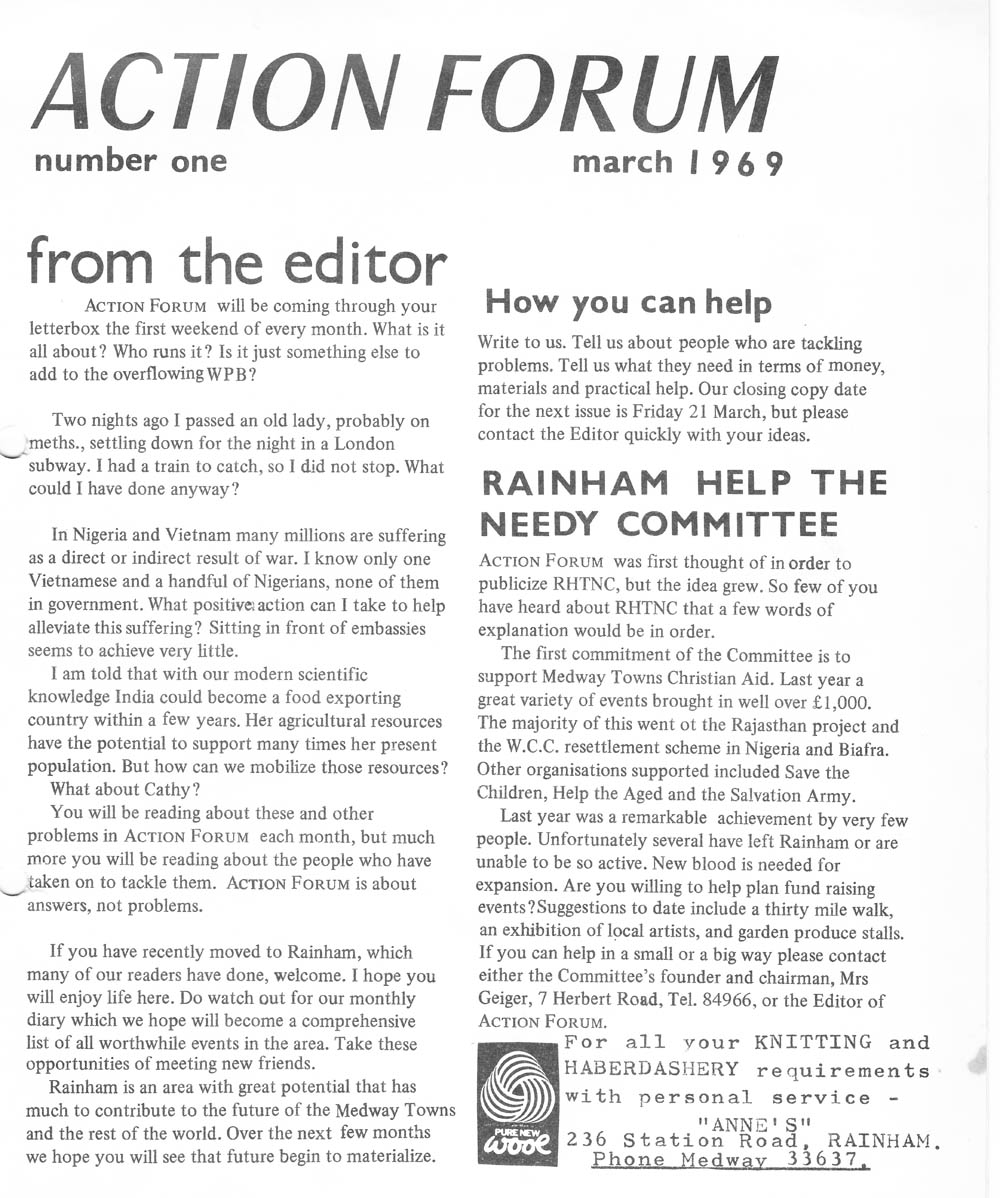Water Saving Ideas to Beat The Drought and Rainwater Harvesting Systems
Rain water Harvesting,Water Storage/Conservation for Beating the Drought
Water Saving Ideas to Beat The Drought and Rainwater Harvesting Systems
With the current drought situation in Kent (2012) and the rest of South East England due to the lack of rain since 2010 it is becoming more essential to find ways to conserve water and to provide sources for storing additional water to beat the drought if you need to water your garden etc.
The photo below shows water butts connected to a gutter downpipe and connected together to allow all three water butts to be filled directly from the downpipe when it rains. This allows a total of 600 litres (3x200 litres) of water to be stored in these water butts. The IBC tanks are also connected directly to the gutter down pipe and store a combined 2000 litres of rainwater.
If you have any comments or suggestions about this article please use the contact page
With the current drought situation in Kent and the rest of South East England due to the lack of rain it is becoming more essential to find ways to conserve water and to provide sources for storing additional water to beat the drought if you need to water your garden etc.
Using water tanks to capture or harvest rainwater can also help to reduce your water bill if you are on a water meter. By 2015 Southern Water propose to meter all properties in their supply area and South East Water by 2020 so very soon it will be worth investing in water saving devices. Standard water butts can be used but normally will only hold around 200 litres of rainwater which can easily be used up in a day or two to water a large garden.
I have investigated various methods to store additional volumes of water in the most cost effective way.
Large volume water tanks are ideal unless you have sufficient space to store large numbers of small water butts or rainwater tanks. A cheap water butt can be made from reused juice tanks holding around 200 litres which cost around £10 compared to £30-£35 for a purpose built water butt. Another efficient way to save water would be by installing flow meters in your home to control the amount of water being used.

If you can get hold of IBCs that have been used for transporting foodstuffs then they make ideal water storage tanks. It is best to avoid ones used for chemical transport to avoid contamination unless the tanks can be cleaned.
IBCs are usually supplied in a metal cage as per the photo which allows for easy stacking on pallets for transport but also allows them to be stacked for connection to guttering down pipes for maximum rain water collection efficiency. Large juice tanks can also be used and can hold approx 1500 litres of rainwater but are very high – about 1.8 metres tall.
You should also bear in mind the weight that these rainwater tanks will be when full. Each litre of water weighs 1kg so a full 1500 litre water tank will weigh over one and a half tonnes (1500kg)! It is therefore essential to make sure the ground beneath the tank is able to support such a weight.
Use of IBC containers for storage of 1000 litres of rainwater means the equivalent of 5 water butts can be stored in a tank 1 metre square. 1500 litre rainwater containers. Rainwater harvesting is increasingly being promoted as an environmentally friendly way of reducing the impact of water usage and also a way of reducing your water bills if your water supply is metered.
Once in a tank water pumps can be used to move the water around. These pumps can be purchased from as little as £30 which can be a cost effective way to pump water.
Suppliers of IBC Tanks
http://www.rainharvesting.co.uk/products/pumps.htm
http://www.smithsofthedean.co.uk/Recycled%20Containers.htm
If you can get hold of IBCs that have been used for transporting foodstuffs then they make ideal water storage tanks. It is best to avoid ones used for chemical transport to avoid contamination unless the tanks can be cleaned.
IBCs are usually supplied in a metal cage which allows for easy stacking on pallets for transport but also allows them to be stacked for connection to guttering down pipes for maximum rain water collection efficiency. Large juice tanks can also be used and can hold approx 1500 litres of rainwater but are very high – about 1.8 metres tall.
You should also bear in mind the weight that these rainwater tanks will be when full. Each litre of water weighs 1kg so a full 1500 litre water tank will weigh over one and a half tonnes (1500kg)!
It is therefore essential to make sure the ground beneath the tank is able to support such a weight. Use of IBC containers for storage of 1000 litres of rainwater means the equivalent of 5 water butts can be stored in a tank 1 metre square.
1500 litre rainwater containers are also available which have previously been used for orange juice transport.
Rainwater harvesting is increasingly being promoted as an environmentally friendly way of reducing the impact of water usage and also a way of reducing your water bills if your water supply is metered.
Once in a tank water pumps can be used to move the water around. These pumps can be purchased from as little as £30 which can be a cost effective way to pump water.




















































































































































